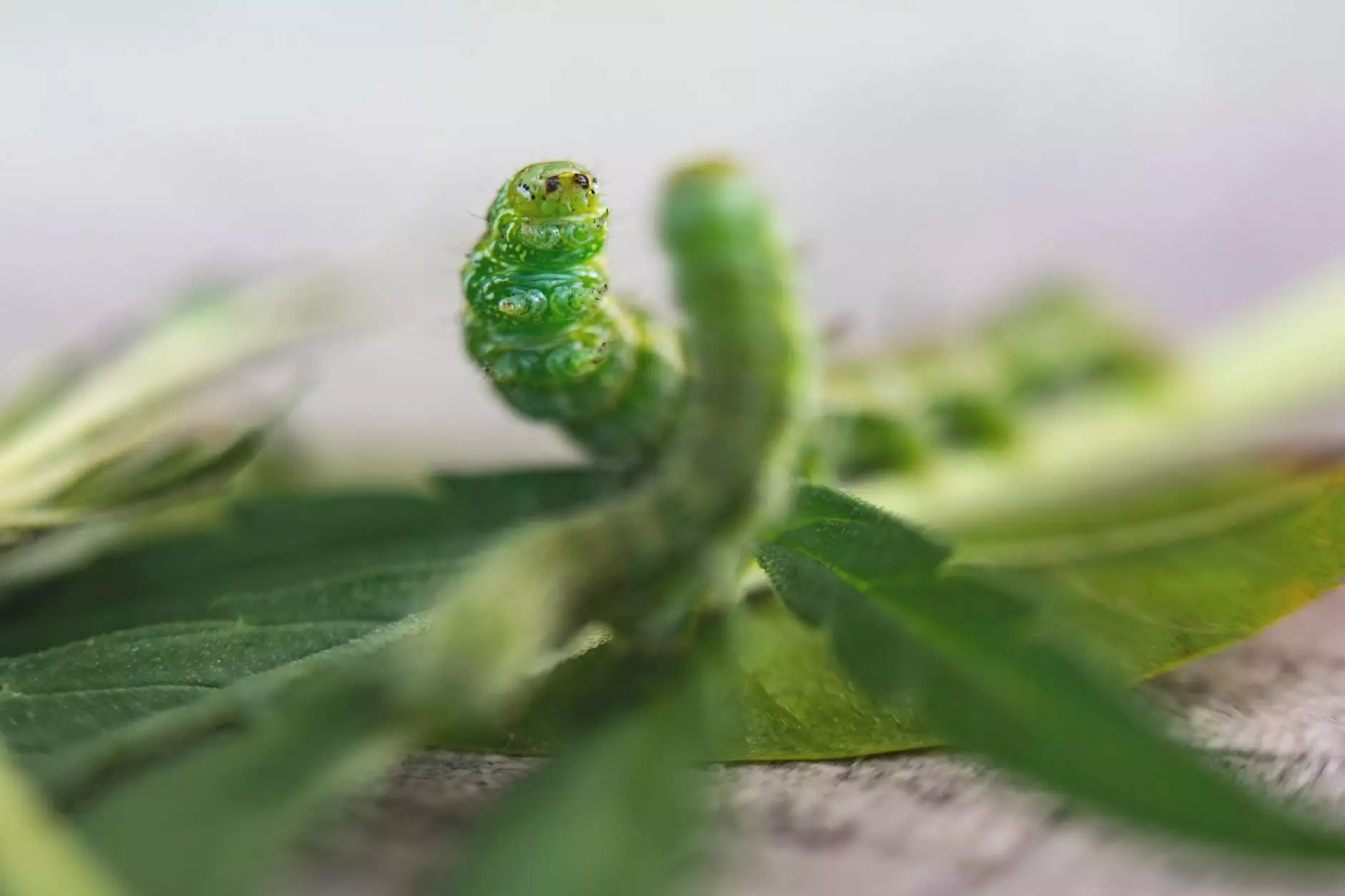Effective Strategies for the Control of Stored Grain Pest

In the world of agriculture, stored grain pest control plays a crucial role in safeguarding the quality and quantity of grain harvests. The presence of pests not only diminishes the value of stored grains but can also lead to significant financial losses for farmers. This article aims to provide detailed insights into the effective control of stored grain pests, offering strategies that farmers can implement to maintain optimal grain quality.
Understanding Stored Grain Pests
Before delving into control measures, it's essential to understand what stored grain pests are. These pests primarily include insects that infest grains during storage, leading to spoilage, contamination, and loss of nutritive value. Common types of stored grain pests are:
- Rice Weevil (Sitophilus oryzae): A small brown beetle that infests rice, stored grains, and flour.
- Granary Weevil (Sitophilus granarius): Similar to the rice weevil, but it primarily infests whole grains.
- Indian Meal Moth (Plodia interpunctella): A common pest known for infesting various grains, cereals, and dried fruits.
- Confused Flour Beetle (Tribolium confusum): A pest that thrives in flour and grain products, causing contamination.
Understanding these pests' life cycles and behaviors is vital for developing effective control strategies. Their presence can lead to severe spoilage, necessitating proactive pest management techniques.
Importance of Control of Stored Grain Pest
The effective control of stored grain pest is essential for various reasons:
- Preservation of Quality: Maintaining the quality of stored grains is paramount for consumer satisfaction and market competitiveness.
- Financial Protection: Preventing pest infestations mitigates potential losses that can severely impact profitability.
- Food Safety: Contaminated grains can pose health risks to consumers, making pest control essential for safe consumption.
- Sustainability: Effective pest management promotes sustainable farming practices by reducing waste and maximizing resource use.
Comprehensive Strategies for Control of Stored Grain Pest
Numerous strategies can be employed in the control of stored grain pest, falling into four primary categories: preventive measures, monitoring, biological control, and chemical control.
1. Preventive Measures
Preventive actions are the first line of defense against stored grain pests. Implementing thorough management practices can significantly reduce the likelihood of pest infestations:
- Optimal Storage Conditions: Maintain low humidity and temperature levels in storage facilities, as pests thrive in warm, humid environments. It’s recommended to keep temperatures below 15°C (59°F) and humidity levels below 14%.
- Regular Inspection: Conduct routine checks of stored grains to identify early signs of infestations. Look for any changes in grain appearance or noticeable pest activity.
- Cleanliness: Keep storage areas clean and free of debris, which can harbor pests. Regularly clean bins, silos, and surrounding areas to eliminate potential pest habitats.
- Proper Grain Handling: Ensure that grains are dried adequately before storage. Wet grain is more susceptible to pest infestation.
2. Monitoring Techniques
Monitoring is a critical aspect of the control of stored grain pest as it helps in the early detection of infestations. Utilize the following techniques:
- Pheromone Traps: Place pheromone traps throughout storage facilities to attract and capture male pests, reducing their population and aiding in monitoring efforts.
- Visual Inspections: Regularly inspect grains for signs of damage and pest presence. Look closely at bins and grain surfaces.
- Moisture Meters: Use moisture meters to ensure grains are maintained at optimal moisture levels, thus preventing pest infestations.
3. Biological Control Methods
Biological control methods involve using natural predators to manage pest populations. These techniques are environmentally friendly and can be highly effective:
- Beneficial Insects: Release beneficial insects, such as parasitic wasps, that target stored grain pests and suppress their population.
- Nematodes: Utilize nematodes as biological agents to control pest larvae in stored grains.
- Microbial Insecticides: Employ microbial solutions such as Bacillus thuringiensis to effectively target specific pests.
4. Chemical Control Solutions
When infestations are severe, chemical control may be necessary. It's essential to use pesticides judiciously to avoid resistance and ensure safety:
- Insecticidal Treatments: Apply approved insecticides specifically formulated for stored grains. Always follow safety guidelines and consult local regulations.
- Fumigation: In extreme cases, fumigation might be needed. This involves sealing storage areas and introducing chemicals that penetrate to kill pests effectively.
- Grain Protectants: Utilize grain protectants that act as surface treatments to deter and eliminate pests.
Integrating Pest Control with Farm Equipment Maintenance
In addition to pest control, regular maintenance of farming equipment can play a significant role in the overall health of your grain storage operations. At TSGC Inc., we offer exceptional services in farm equipment repair to ensure that your machinery operates at peak efficiency. This is crucial for:
- Efficient Harvesting: Properly maintained machinery can help in efficient harvesting, reducing the likelihood of damaged grains that can attract pests.
- Effective Cleaning: Functional equipment is necessary for thorough cleaning of grain storage areas, which is vital in preventing infestations.
- Timely Management: Quick repairs and maintenance enable farmers to respond promptly to any agricultural issues that arise.
Conclusion
The control of stored grain pest is an ongoing challenge for many farmers, but with the right strategies, it can be effectively managed. By employing preventive measures, utilizing monitoring techniques, incorporating biological control solutions, and judiciously applying chemical methods, farmers can protect their stored grains from pests. Additionally, integrating pest management with regular farm equipment repair can further enhance grain quality and profitability.
Emphasizing a comprehensive approach to pest control not only safeguards the quality of grains but also contributes to sustainable farming practices. As you continue to explore ways to enhance your agricultural operations, remember that the key to success lies in proactive management and continual adaptation to pest challenges.







